SILVER-LUG Blog
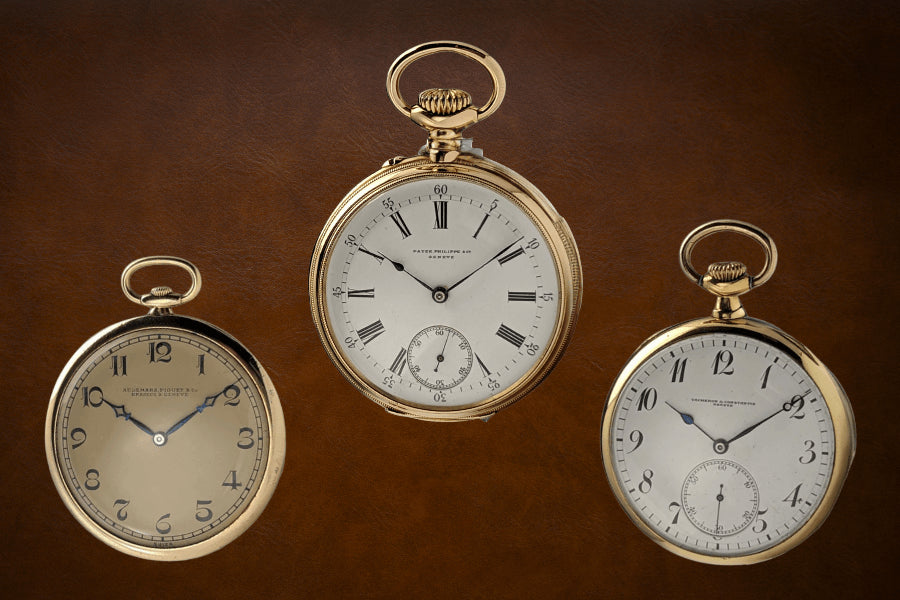
The world's three biggest luxury watch brands and Rolex
Posted by WATANABETAIGA
There are many watch brands in the world, but among them there are brands that are known as the "World's Three Great Luxury Watches."
"Patek Philippe", "Audemars Piguet" and "Vacheron Constantin" are three brands that are the object of admiration for watch enthusiasts.
When you hear "luxury watches," many people may think of Rolex. Although Rolex is world-famous, for some reason it is not included in the world's top three luxury watch brands.
The world's three biggest luxury watch brands and Rolex
Posted by WATANABETAIGA
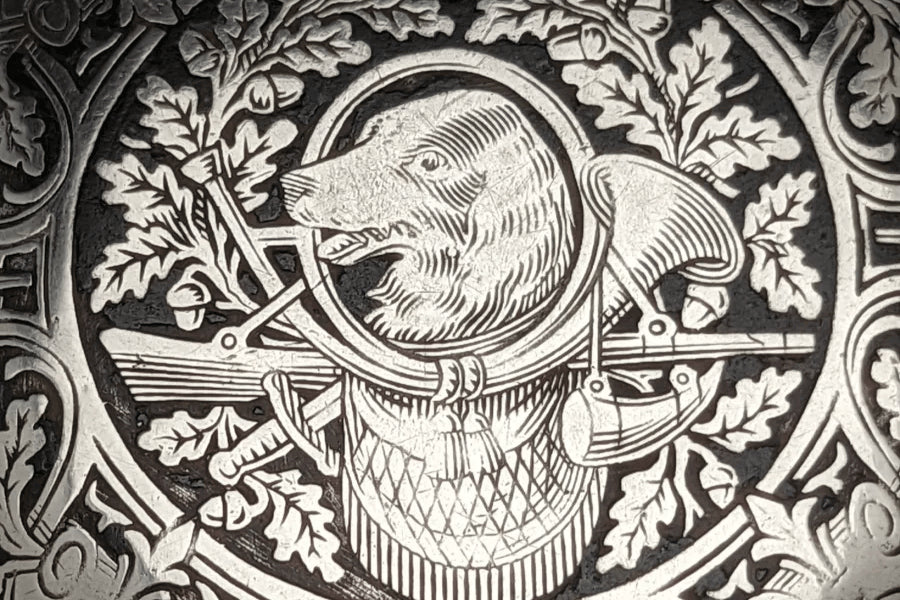
The Black Contrast that Embellishes Silver Products: The Charm of Niello Inlay
Posted by WATANABETAIGA
There are various decorative techniques used in antique silverware, including one called "niello inlay."
"Niello" is a Latin word meaning "black," and it is a decorative technique that creates a beautiful contrast between silver and black.
In this article, we will explain in detail about "Niello inlay," including its appeal, techniques, and history.
The Black Contrast that Embellishes Silver Products: The Charm of Niello Inlay
Posted by WATANABETAIGA
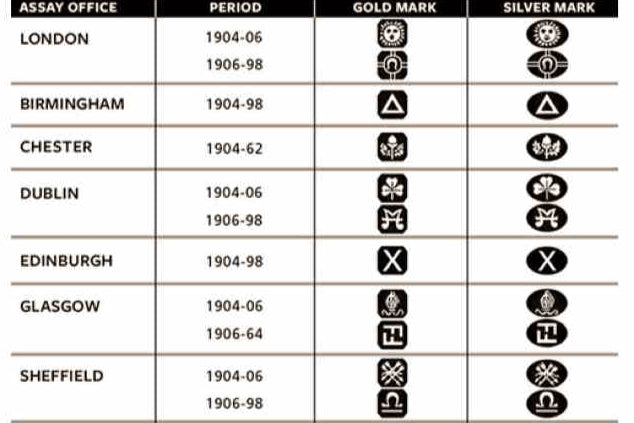
History of "import marks" on silver products imported into the UK
Posted by WATANABETAIGA
British silver products have a small mark called a "hallmark" stamped on them.
Between 1867 and 1998, when silverware made outside the UK was imported for sale in the UK, a separate mark, called an "import mark", was added to distinguish it from silverware made in the UK.
This article will explain in detail about "import marks".
History of "import marks" on silver products imported into the UK
Posted by WATANABETAIGA
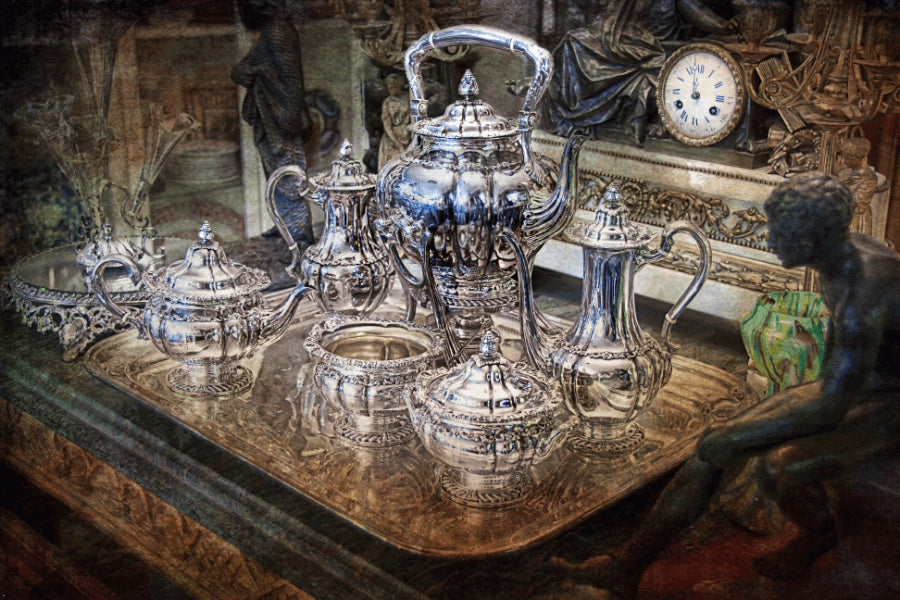
Antique British tea set
Posted by WATANABETAIGA
Antique British tea set
Posted by WATANABETAIGA

The decline of the British aristocracy and antiques
Posted by WATANABETAIGA
When you hear "British antiques," you probably think of something that is reserved for the aristocracy . The great British antiques developed greatly due to the demand and patronage of the British aristocracy, who flourished in the 19th century. In the early 20th century, the British aristocracy began to decline.
The decline of the British aristocracy and antiques
Posted by WATANABETAIGA
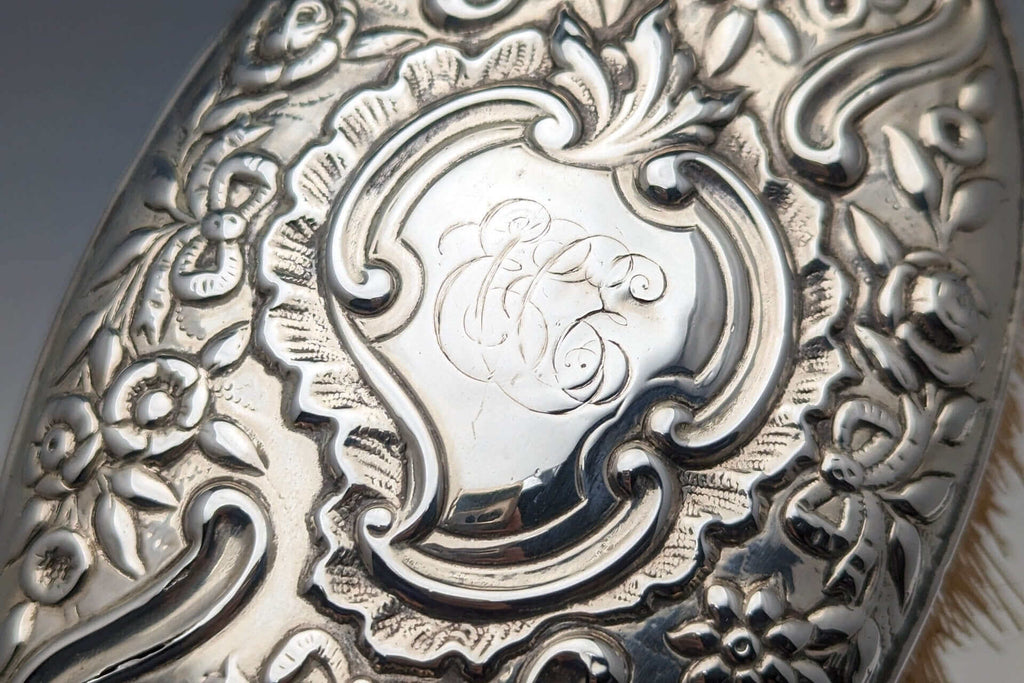
Antique decoration "cartouche"
Posted by WATANABETAIGA
This is a general term for oval, shield-shaped, and other "border decorations," and is seen in a variety of European decorative arts, including architecture, painting, and crafts.
Antique decoration "cartouche"
Posted by WATANABETAIGA
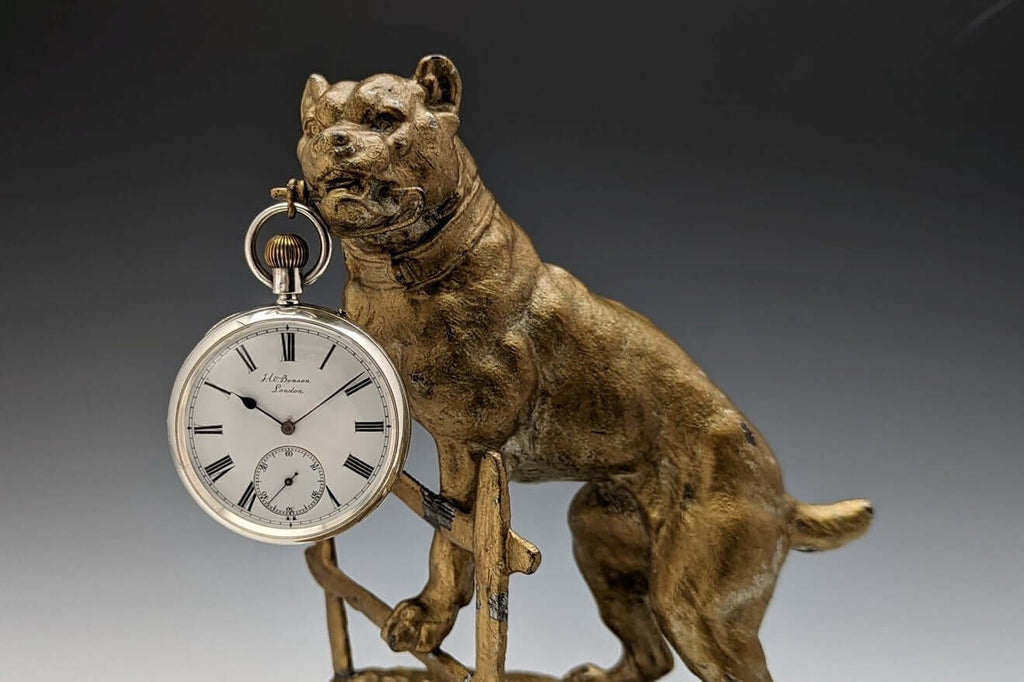
Antique pocket watch holder
Posted by WATANABETAIGA
A "pocket watch holder" is a display stand for a pocket watch when you are not carrying the watch around with you but rather using it on a desk indoors.
The antique pocket watch holder not only allows you to use your pocket watch like a table clock, but also enhances its presence with its beautiful design.
Antique pocket watch holder
Posted by WATANABETAIGA

Relationship between gold and silver market prices and antique market prices
Posted by WATANABETAIGA
I'm sure many of you have heard the news that the price of gold has been rising over the past few years, but the international price of silver has similarly skyrocketed. I will talk about the relationship between the gold and silver market and the antique market (mainly antique silver).
Relationship between gold and silver market prices and antique market prices
Posted by WATANABETAIGA
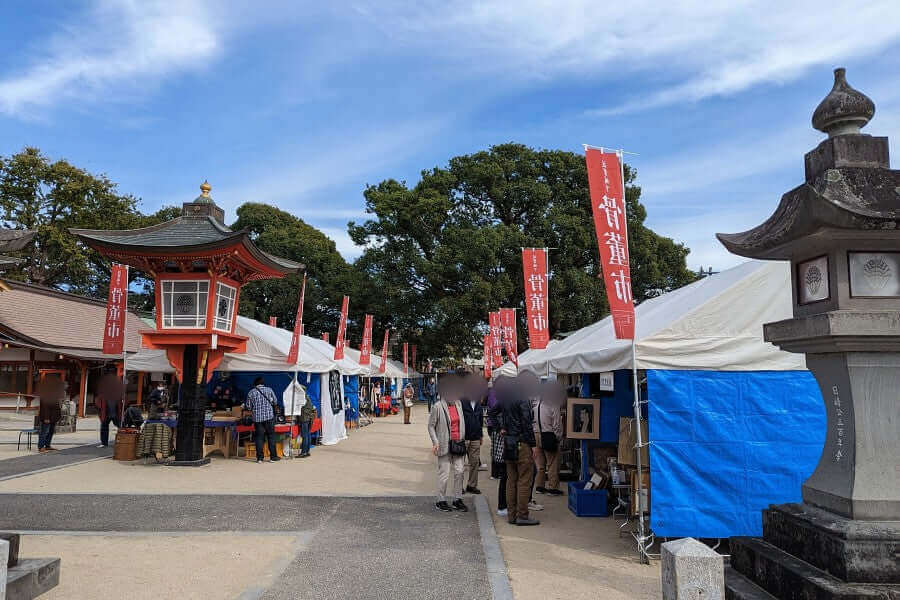
[About our store] How can we make customers feel closer to us?
Posted by WATANABETAIGA
This time I will talk about our store.
We do not have a physical store and only sell online.
It's not that I don't aspire to run a brick-and-mortar store with a focus on interior design and display, but opening a brick-and-mortar store requires a large amount of capital, and it would be difficult to run one in the rural area of Fukuoka Prefecture where I currently live.
[About our store] How can we make customers feel closer to us?
Posted by WATANABETAIGA
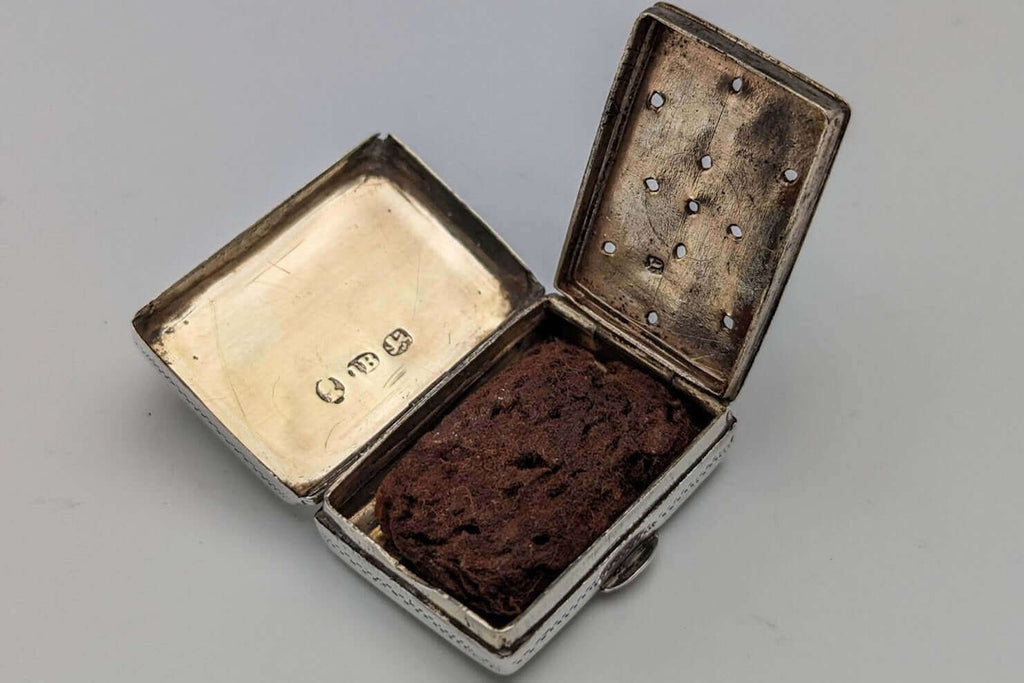
antique vinaigrette
Posted by WATANABETAIGA
"Vinaigrette" means "vinegar" in French, and is the term used in the antiques industry to refer to smell-inducing bottles.
antique vinaigrette
Posted by WATANABETAIGA


